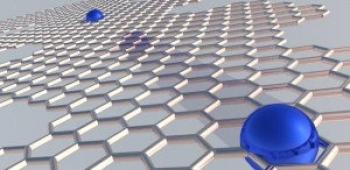Oxford Instruments enters agreement to supply a turnkey system for graphene characterisation to NGI and NPL
 Oxford Instruments announced the launch of a new collaborative project with the UK’s National Physical Laboratory (NPL) and the National Graphene Institute (NGI), partially funded by the Innovate UK for development of a commercial measurement system for nanotechnology applications.
Oxford Instruments announced the launch of a new collaborative project with the UK’s National Physical Laboratory (NPL) and the National Graphene Institute (NGI), partially funded by the Innovate UK for development of a commercial measurement system for nanotechnology applications.
The proposed turnkey system will be developed at the Oxford's Tubney Woods, UK site. The measurement system will be operating at cryogen free low magnetic fields and will enable primary resistance calibrations with unprecedented accuracies to be used by national metrology laboratories and industrial companies. The system will reduce operational costs, save time and complexity. â


